Picture of resistance Ukraine’s history, fighting spirit celebrated in artist’s work
Read this article for free:
or
Already have an account? Log in here »
To continue reading, please subscribe:
Monthly Digital Subscription
$19 $0 for the first 4 weeks*
- Enjoy unlimited reading on winnipegfreepress.com
- Read the E-Edition, our digital replica newspaper
- Access News Break, our award-winning app
- Play interactive puzzles
*No charge for four weeks then billed as $19 plus GST every four weeks. Offer only available to new and qualified returning subscribers. Cancel any time.
Read unlimited articles for free today:
or
Already have an account? Log in here »
Hey there, time traveller!
This article was published 20/03/2022 (1012 days ago), so information in it may no longer be current.
Michael Boss is facing an artistic déjà vu he would rather not relive.
The Winnipeg artist has partnered with Martha Street Studios to release 75 signed and numbered inkjet prints of his 2014 oil-pastel drawing Ukrainian Kozaks Send a Letter to Putin.
He created the piece eight years ago in response to Russia’s annexation of the Ukrainian region of Crimea and its incursions into Ukraine’s eastern provinces of Luhansk and Donbas.
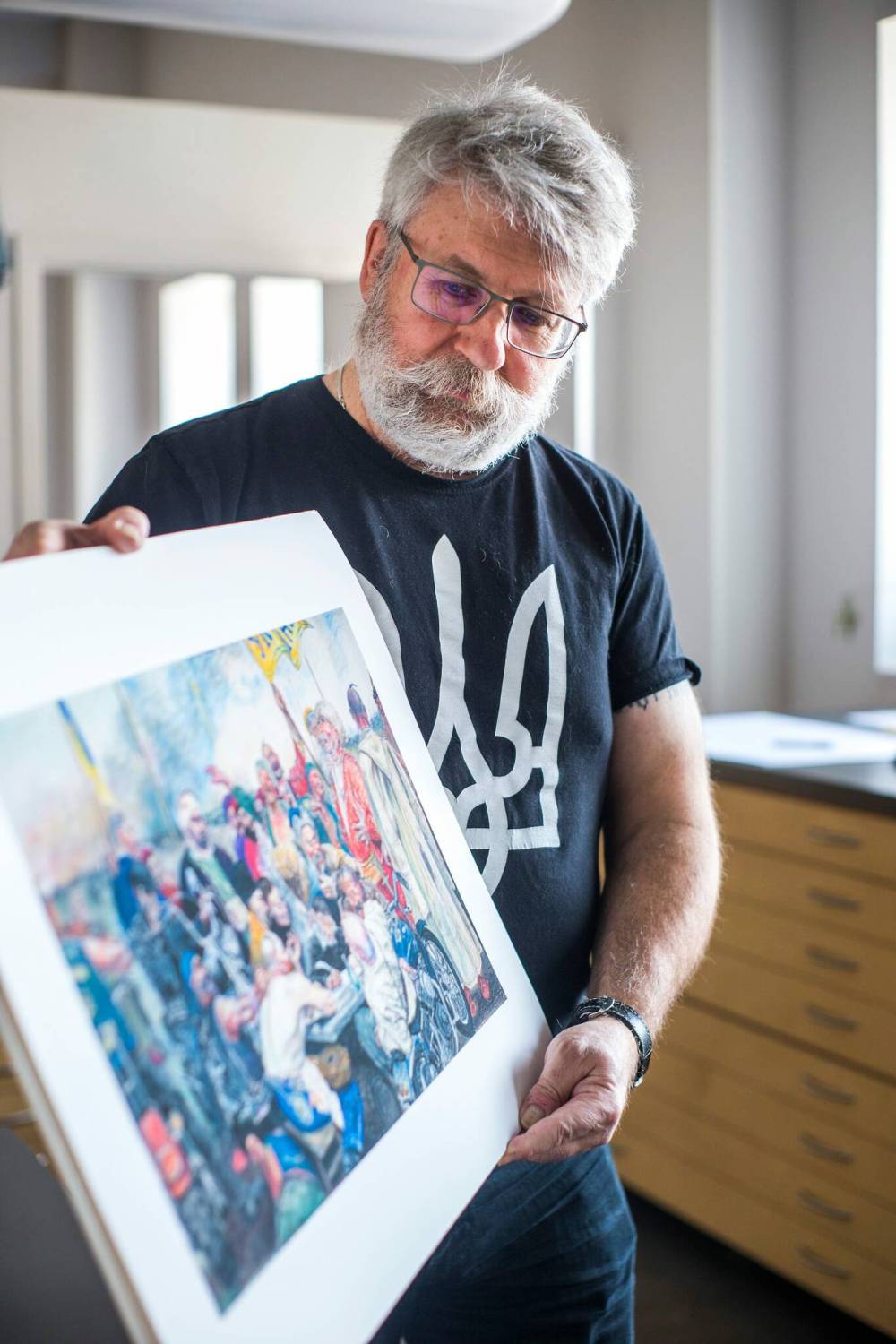
Each print costs $250 (available by email at director@printmakers.mb.ca, by phone at 204-779-6253 or at Martha Street’s website, shop.printmakers.mb.ca). Funds raised are going to the Ukrainian Red Cross, which is tackling the humanitarian crisis caused by Russia’s invasion of Ukraine, which began Feb. 24 and has forced more than 6.5 million people from their homes, with more than 3.3 million Ukrainians fleeing to other countries.
”It was almost like something was telling me to wait, to use this in a way that would have the strongest potential to have an effect,” Boss says of the piece. “Suddenly it came to me that this is what it should be used for.”
Boss’s work is an homage to the 1891 painting Reply of the Zaporozhian Cossacks by Ukrainian-Russian painter Illya Repin, which commemorates a Ukrainian resistance against a Turkish invasion in the 17th century.
Repin’s painting depicts a scene in 1676, in which Ukrainian men are gathered around a table crafting a vulgar reply to a letter from Turkish sultans demanding they surrender and submit to rule by the Ottoman Empire.
Czar Alexander III purchased Repin’s painting and it is part of the State Russian Museum’s collection in St. Petersburg.
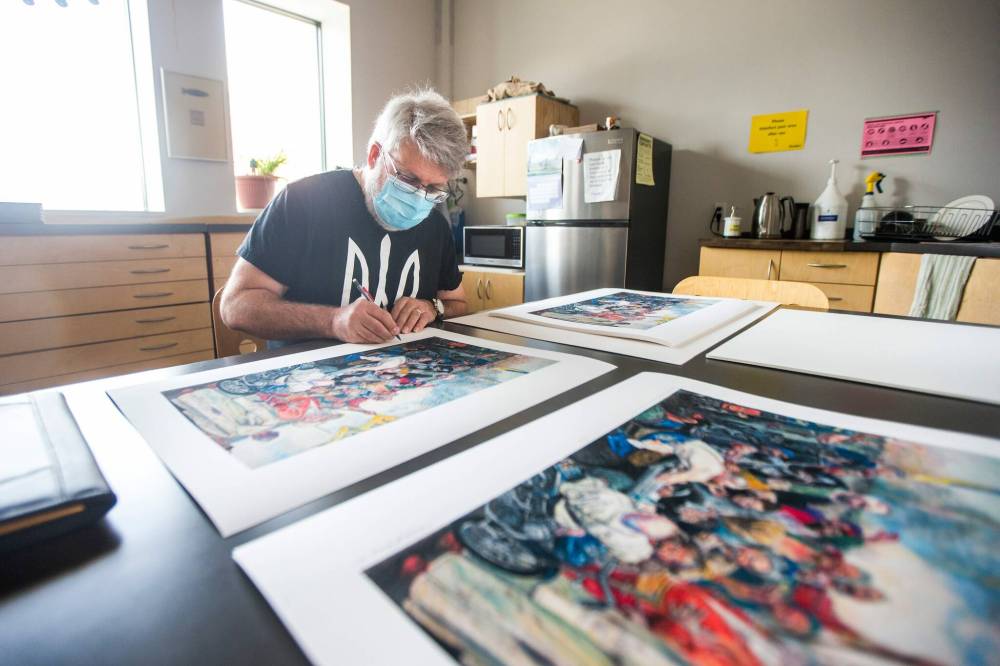
“This particular artist, Illya Repin, was considered to be a really important artist in Eastern European art and he’s been called the father of Russian art, but he was born in Ukraine,” Boss says.
He sees similarities in Ukrainians’ resistance to the current Russian attack to that of their ancestors of 350 years earlier, especially in the defiant videos featuring Ukrainian President Volodymyr Zelenskyy.
Boss’s version of Repin’s painting includes contemporary Ukrainian imagery, such as the modern blue-and-yellow flag and the stylized trident, which is another symbol of the European nation.
”I updated the image to include motorcycles, like the kozaks were bikers, and added more Ukrainian symbolism,” he says. “In the original painting there are nods to Ukrainian symbols but they had to be subdued at the time because the Russians claimed (the painting) as their own.”
Boss is one of the thousands of Winnipeggers who have Ukrainian ancestry — he says his grandparents came to Winnipeg early in the 20th century — and his investigations into his family tree led to many of his works relating to Ukraine’s past and the history of Ukrainian settlers in Canada.
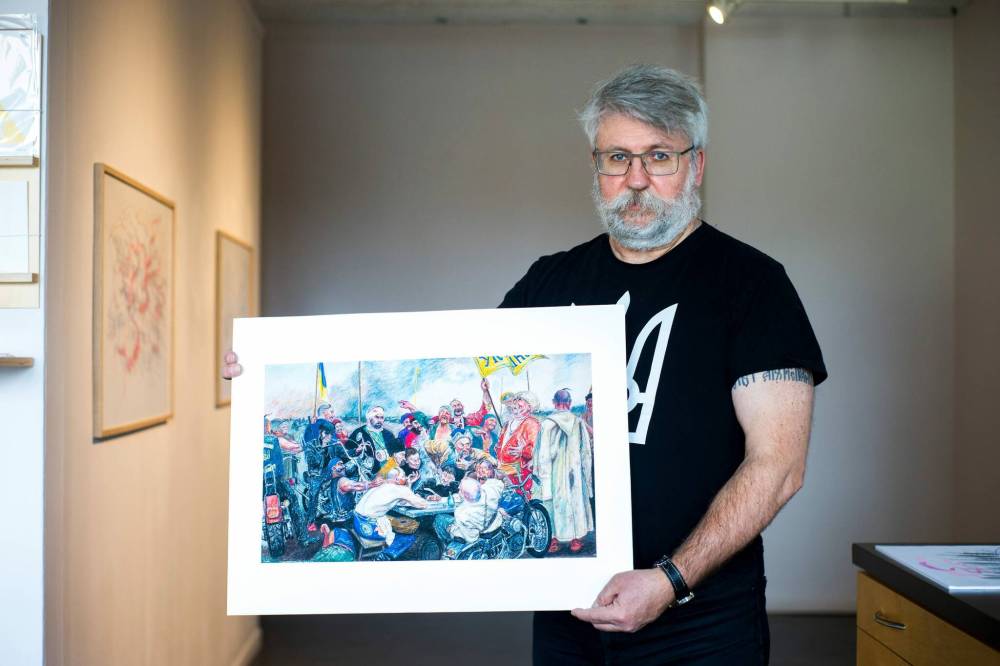
During an artists’ residency at Riding Mountain National Park in 2021, he began documenting the more than 250 Ukrainian churches in Manitoba, starting with 25 sites around the park.
He’s also working on a piece that uses several historical maps of Ukraine that he says will be a depiction of Ukraine’s war-torn history.
The overlain maps showing the countless invasions and battles in Ukrainian history result reminds him of a “chaotic” view of a human body’s circulatory and nervous systems.
”That’s the part that causes so much confusion,” he says. “The whole history is more than a thousand years old and it is a history of constant battles between east and west with periods of reprieve and relative peace, like the one from 1991 to 2014.
“From north, south, east and west, empires tried to gobble it up for a while, but the people, the tribes who have become known as the Ukrainians, have remained there.”
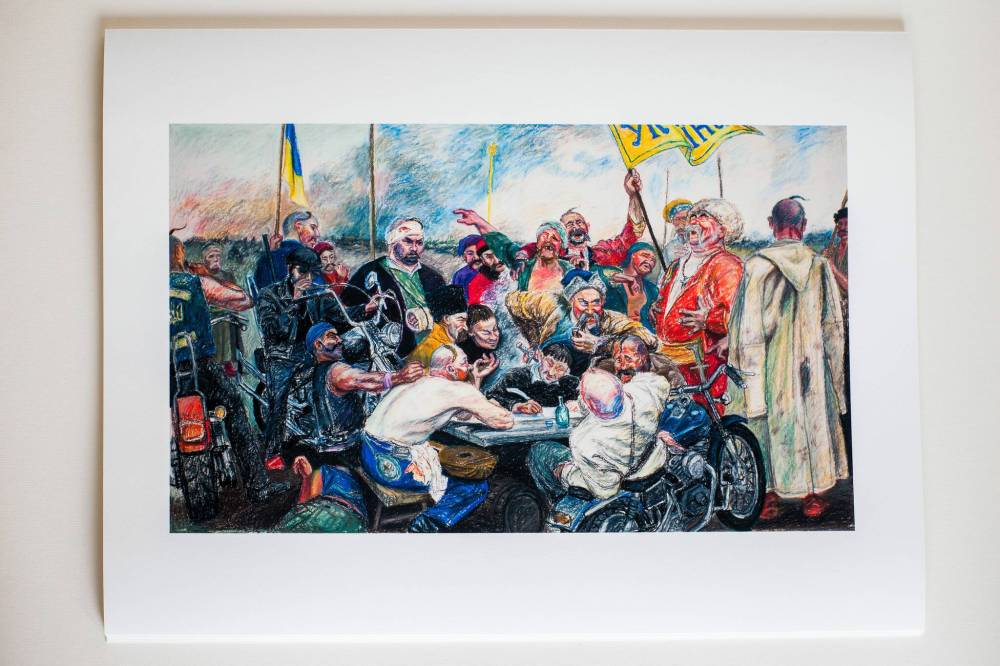
Alan.Small@winnipegfreepress.com
Twitter: @AlanDSmall

Alan Small
Reporter
Alan Small has been a journalist at the Free Press for more than 22 years in a variety of roles, the latest being a reporter in the Arts and Life section.
Our newsroom depends on a growing audience of readers to power our journalism. If you are not a paid reader, please consider becoming a subscriber.
Our newsroom depends on its audience of readers to power our journalism. Thank you for your support.

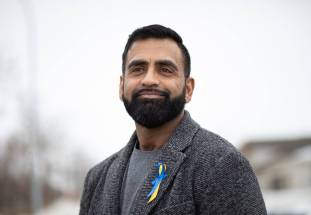

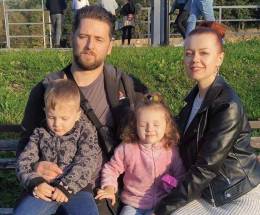
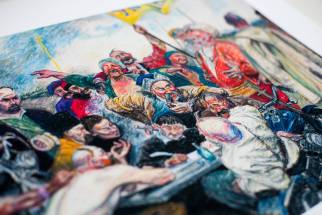

.jpg?h=215)
